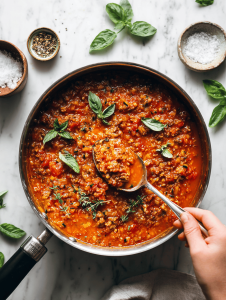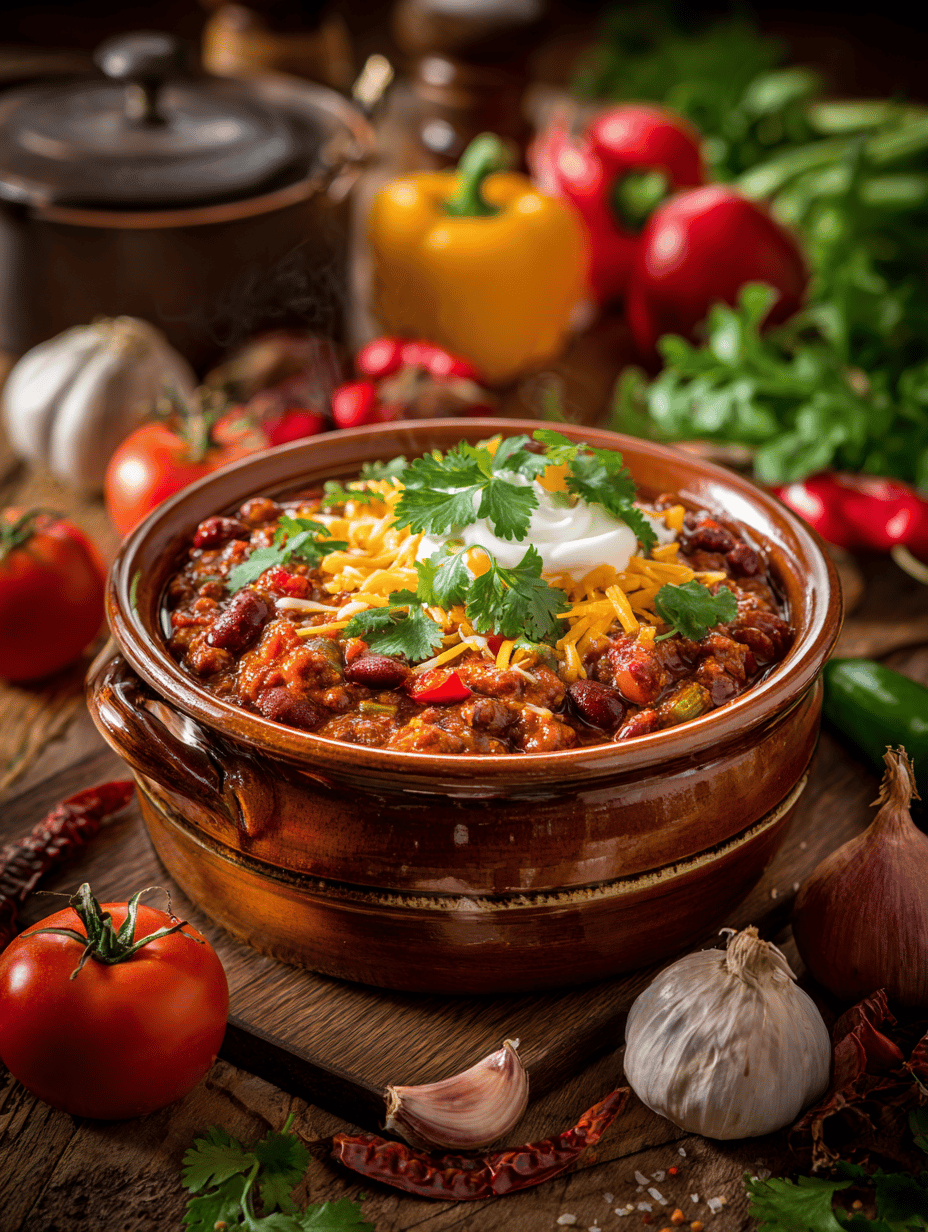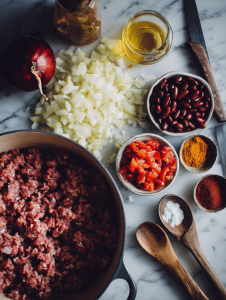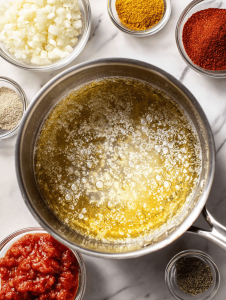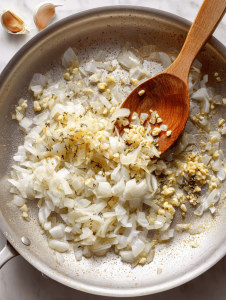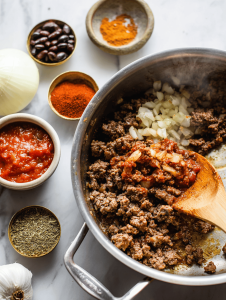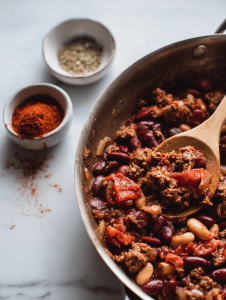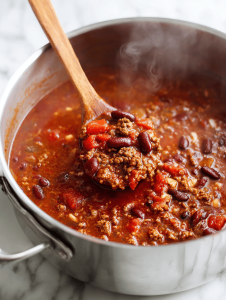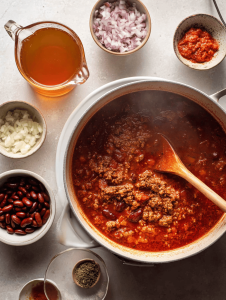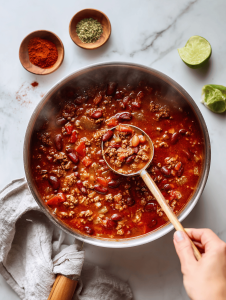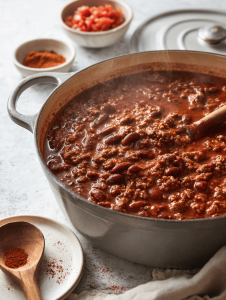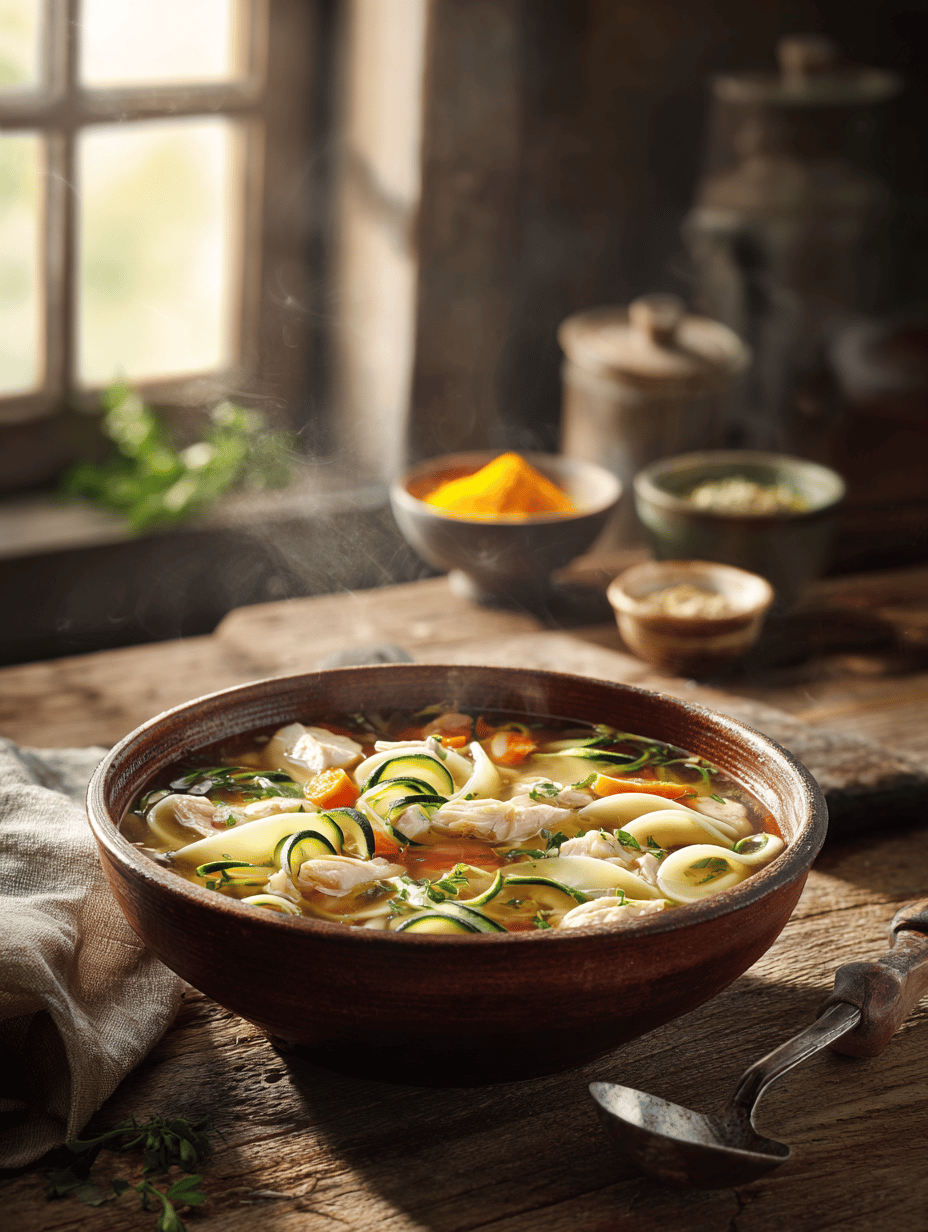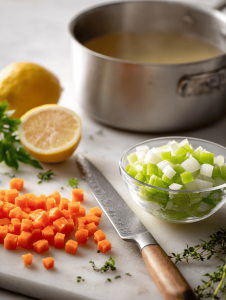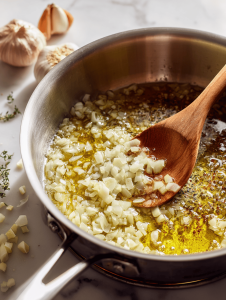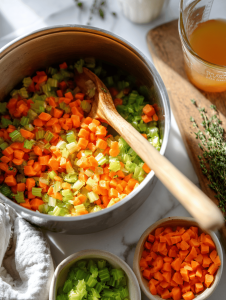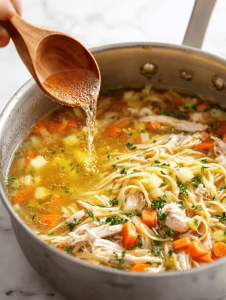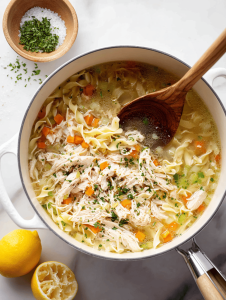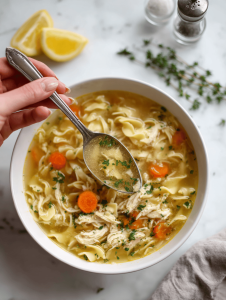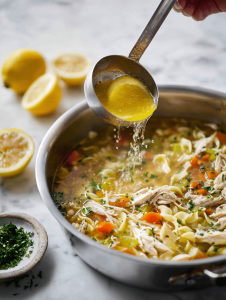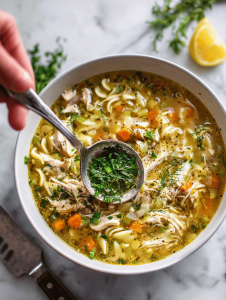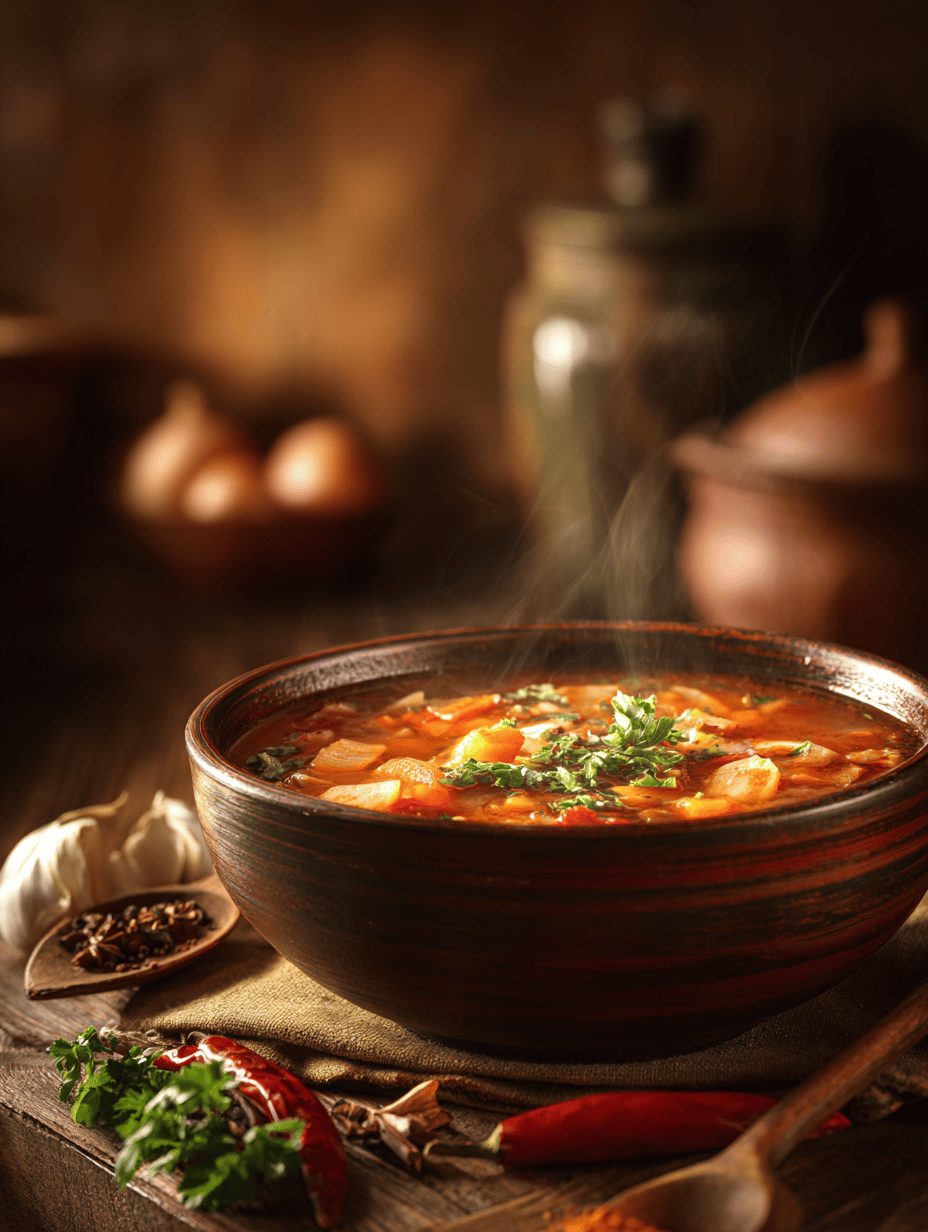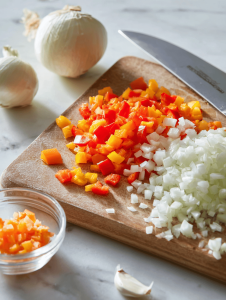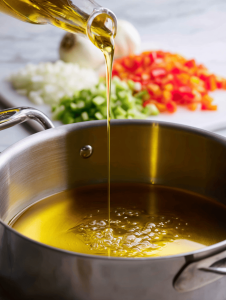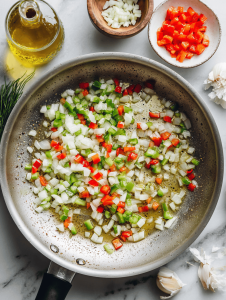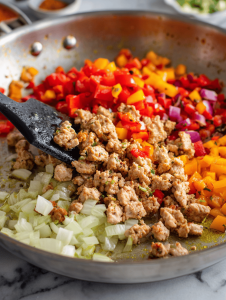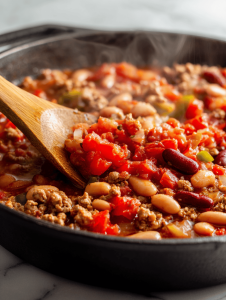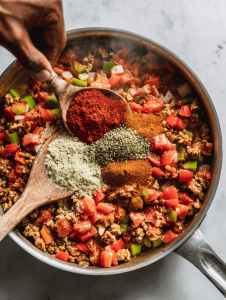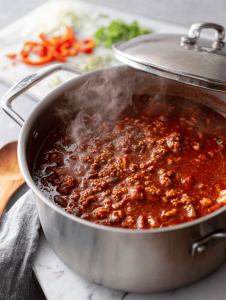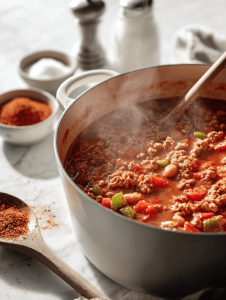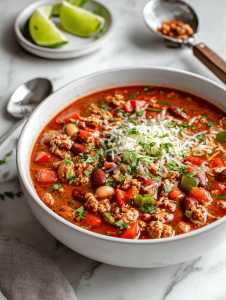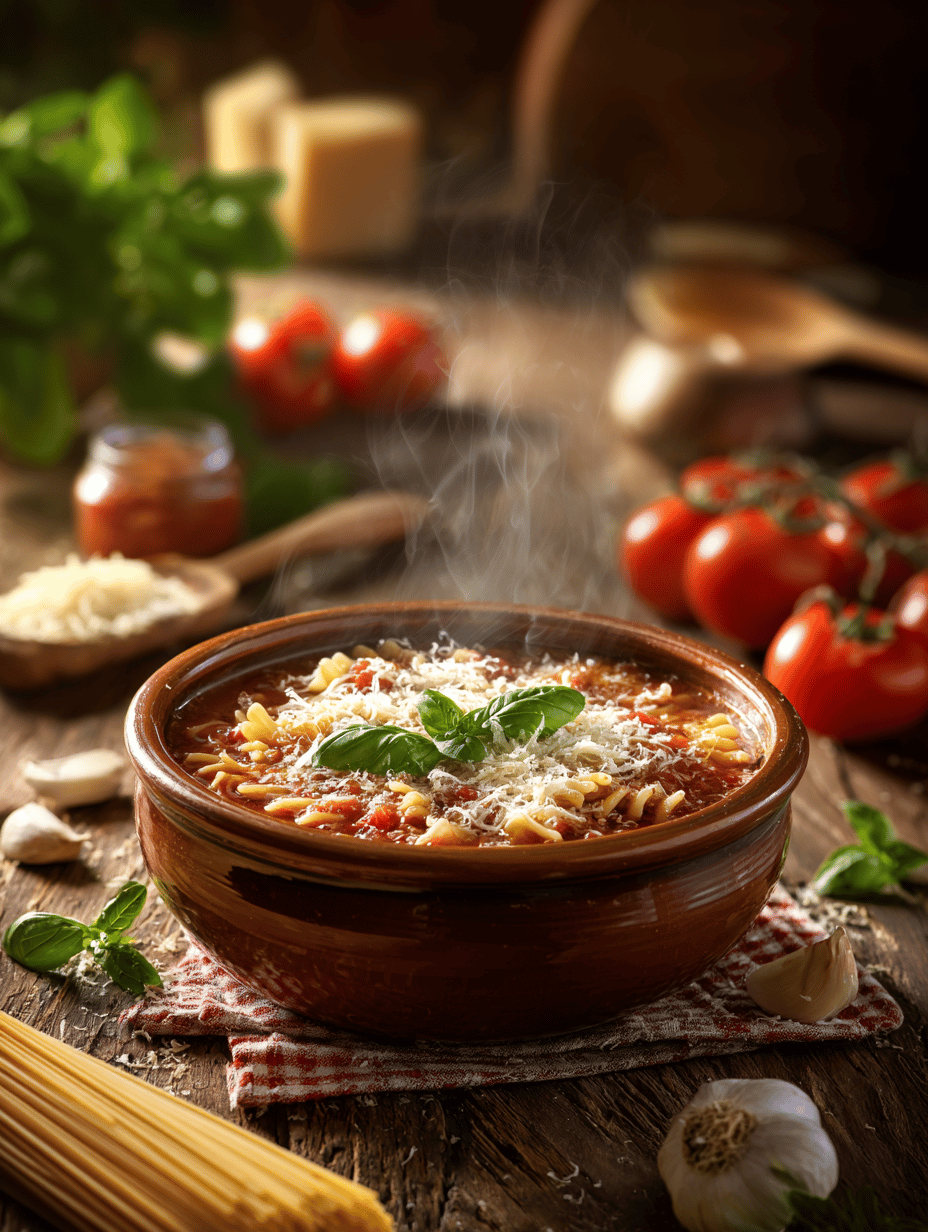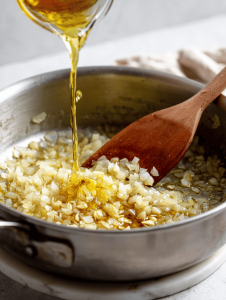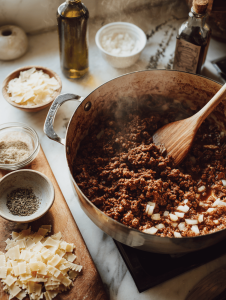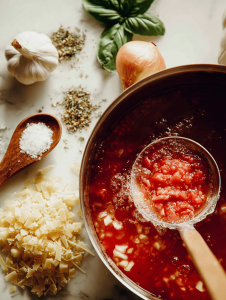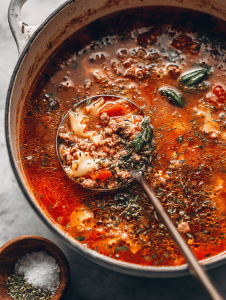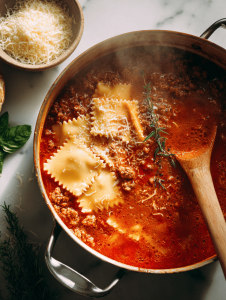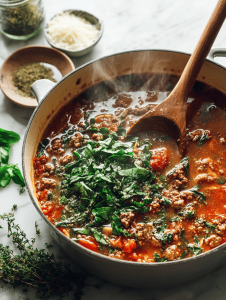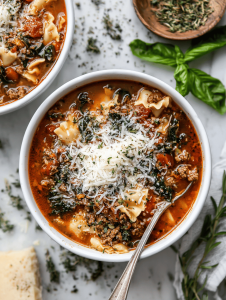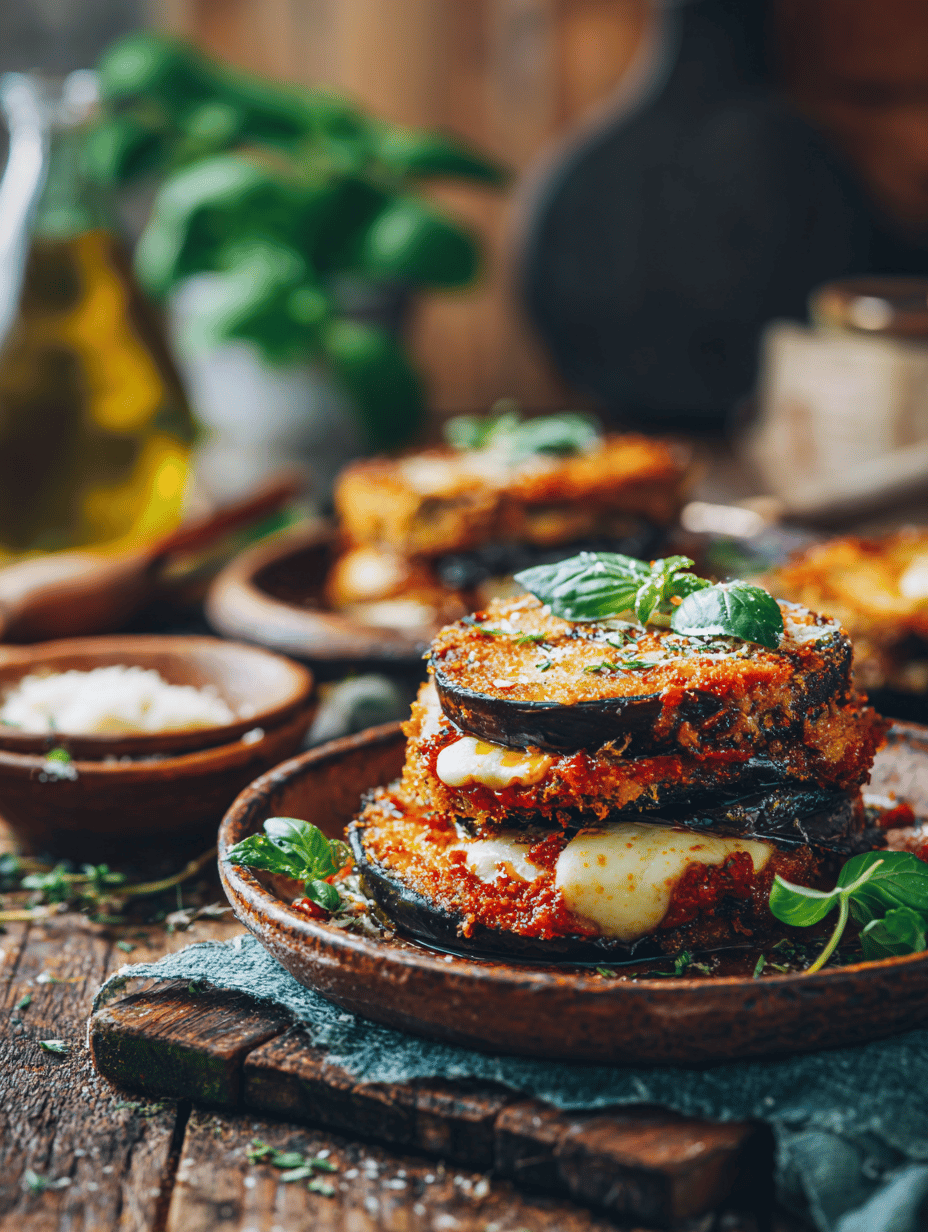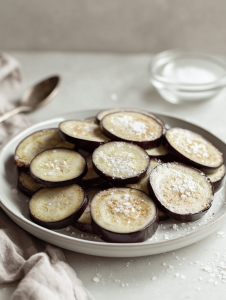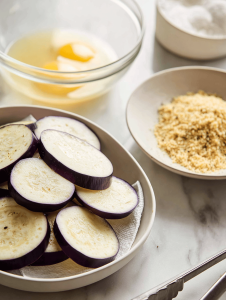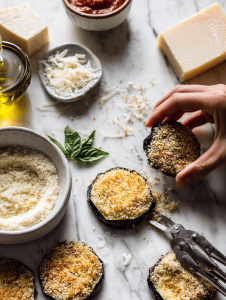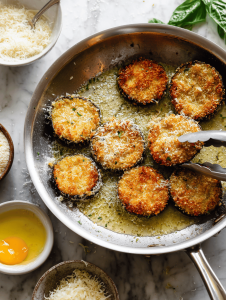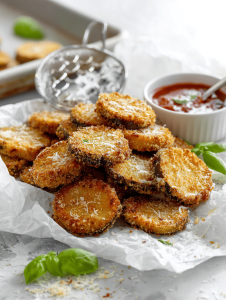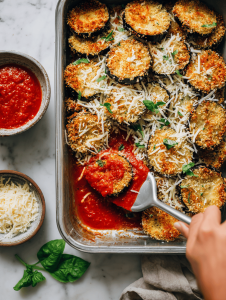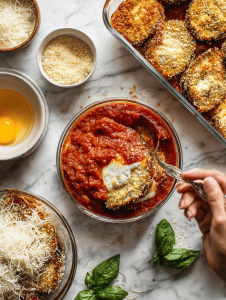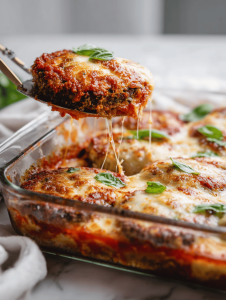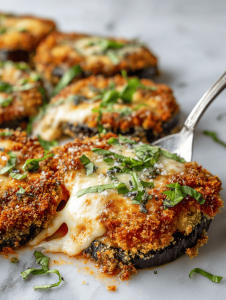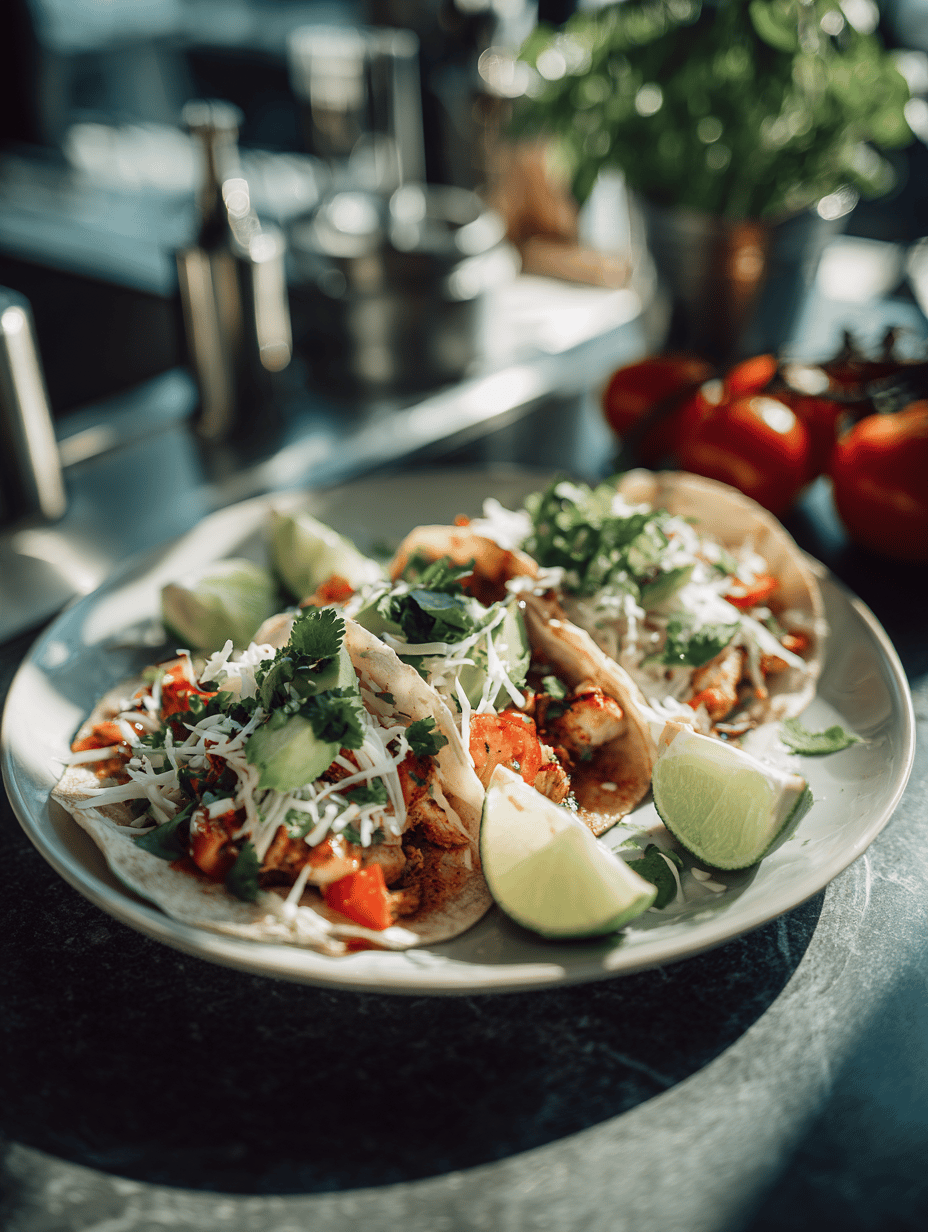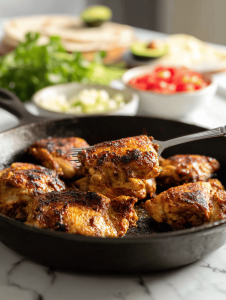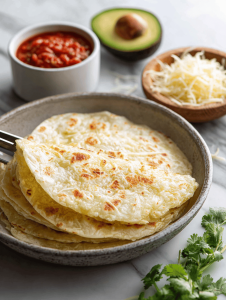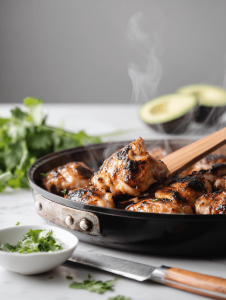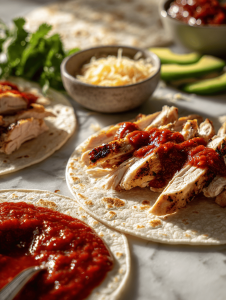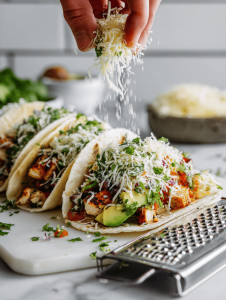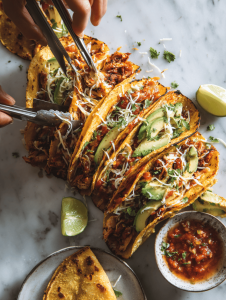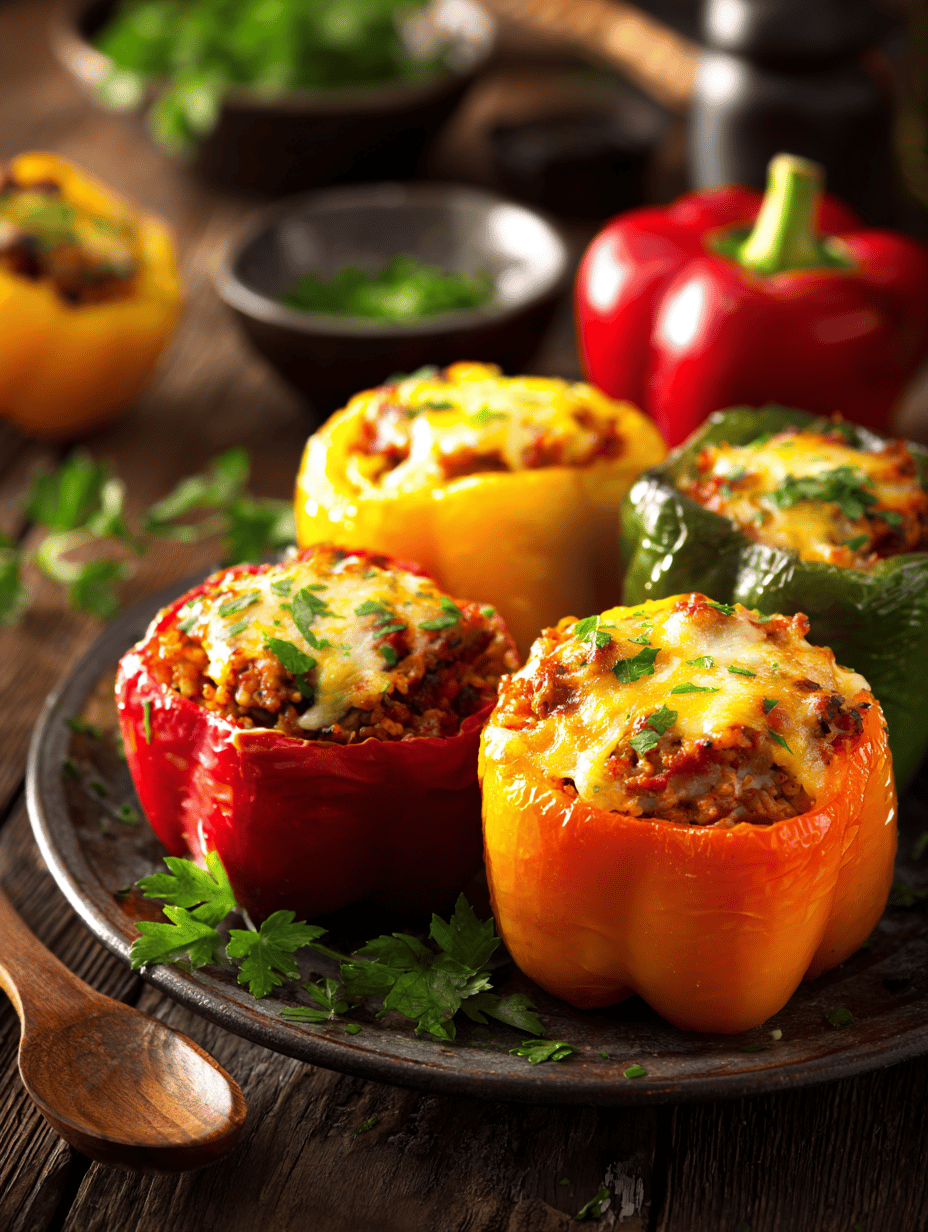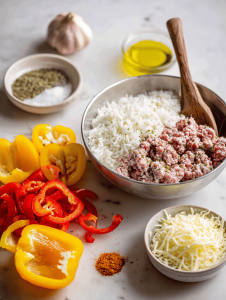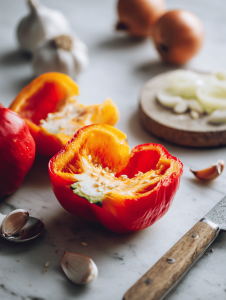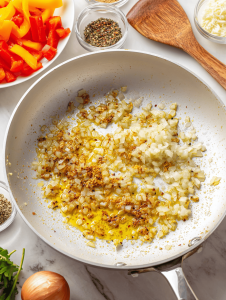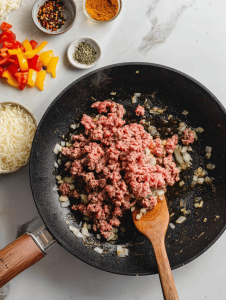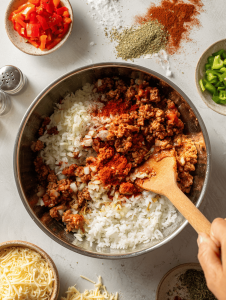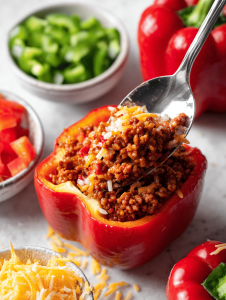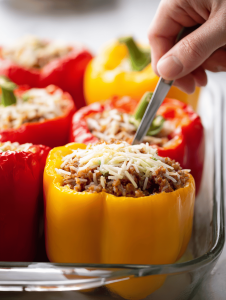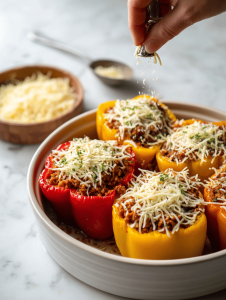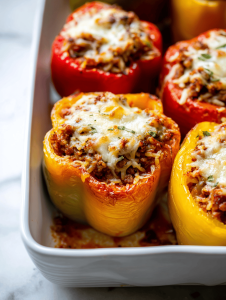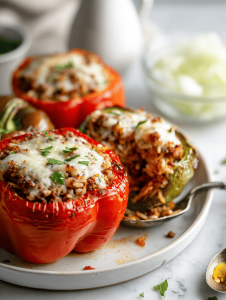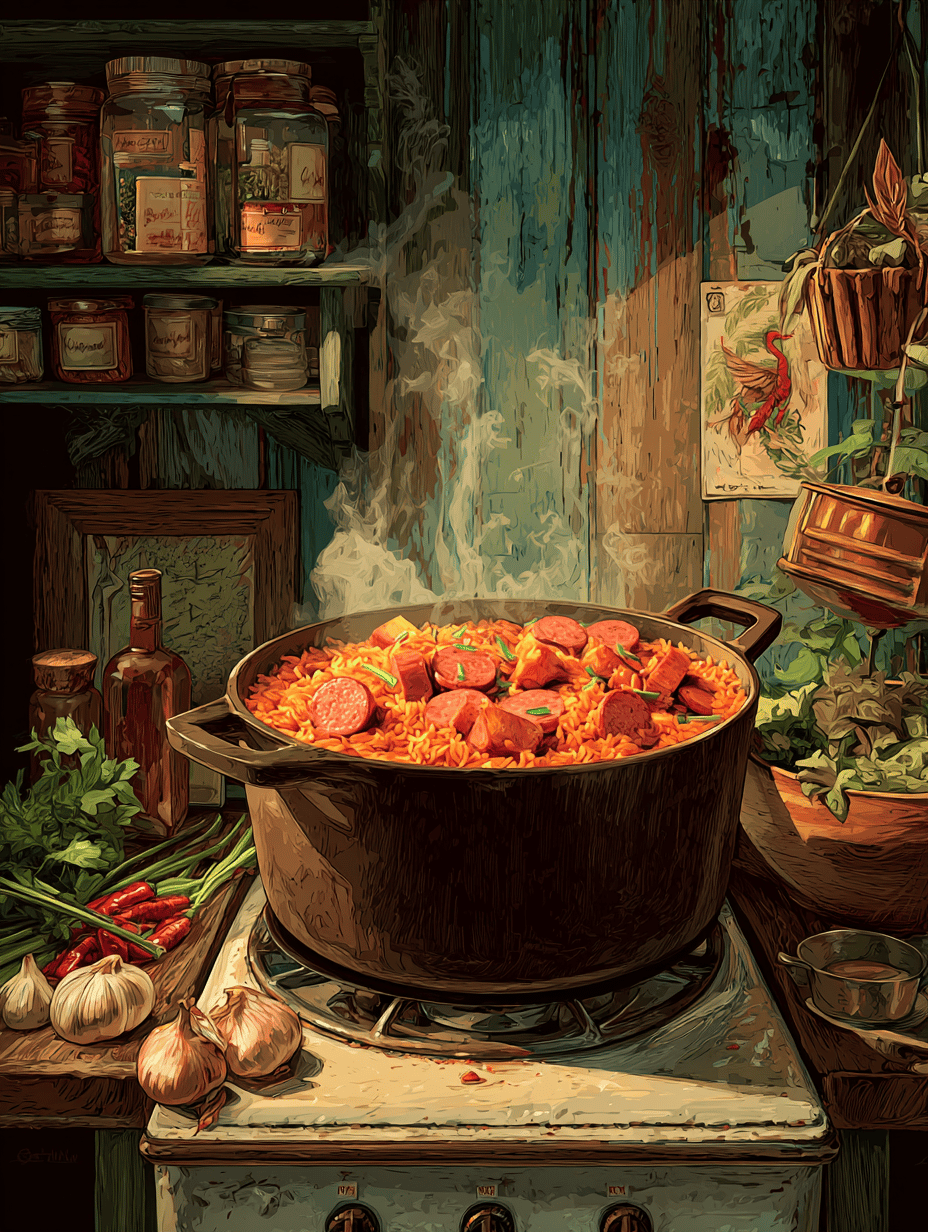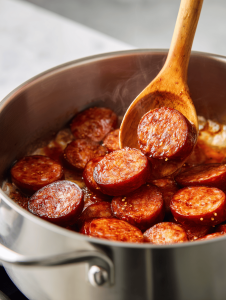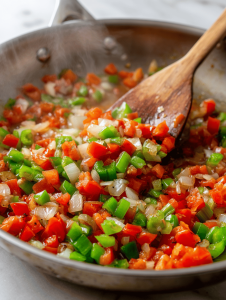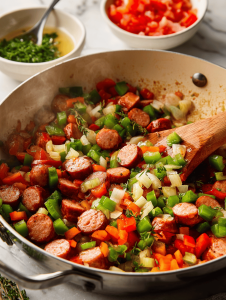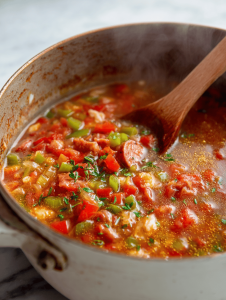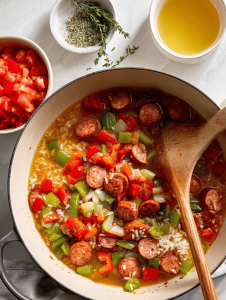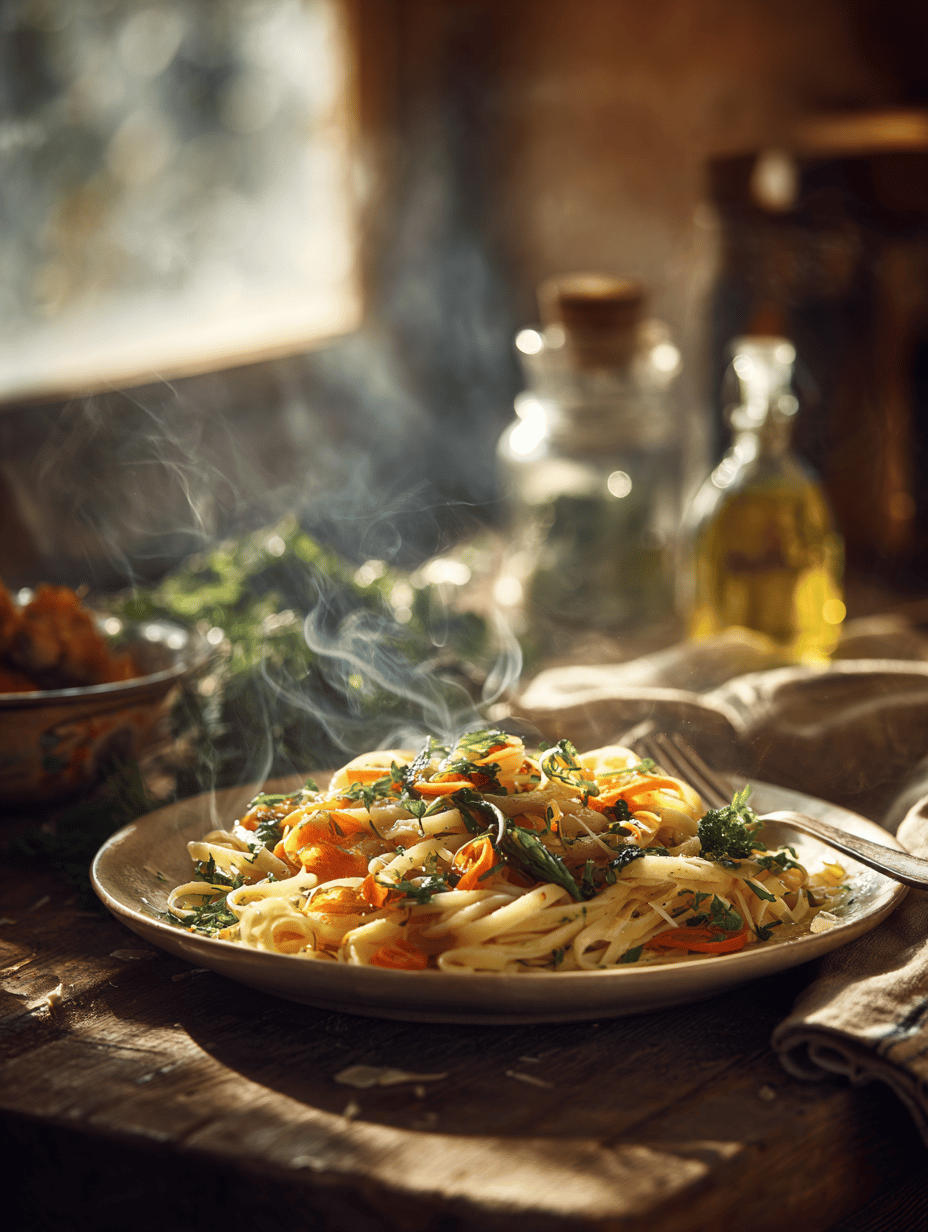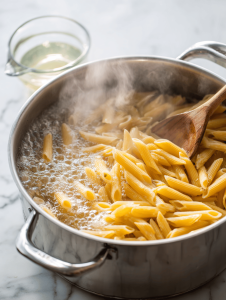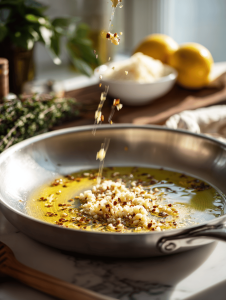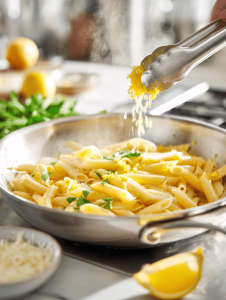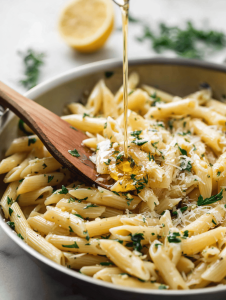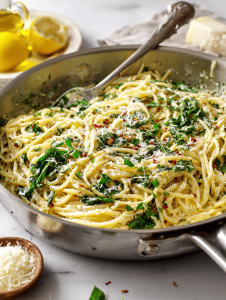When I first tried making a zucchini bolognese, I was skeptical. Would the zucchini really mimic the richness of traditional meat sauce? Turns out, cooking it down slowly transforms it into a silky, flavorful base that’s surprisingly satisfying. It’s a dish that celebrates fresh produce and honest effort, perfect for those busy weeknights.
Why This Dish Keeps Calling Me Back
It’s quick, adaptable, and endlessly forgiving. I love how it tastes like a fresh garden in every bite, especially when I toss in basil at the end. It’s also a reminder that healthy doesn’t have to be boring, especially when you can make it taste this vibrant.
Ingredient Breakdown and Substitutions
- Zucchini: Fresh, young zucchini work best; their mild flavor and tender flesh make a silky sauce. You can swap with yellow squash for a sweeter touch.
- Crushed tomatoes: Use good-quality canned tomatoes for richness. Fresh tomatoes work in summer, but they need longer cooking to develop flavor.
- Garlic: A generous amount adds depth and aroma. Substitute with garlic powder if fresh isn’t available, but fresh is always better.
- Onions: Yellow or white onions give sweetness and body. Shallots are a fine substitute if you want a milder flavor.
- Olive oil: Good extra virgin oil enhances the aroma and richness. Coconut oil can work for a different flavor profile.
- Chili flakes: Adds a subtle heat and complexity. Paprika offers smokiness if you prefer milder spice.
- Herbs (basil, oregano): Fresh herbs brighten the sauce. Dried herbs are okay if you add them early for deeper flavor.
Essential Equipment & Tools
- Chef’s knife: For chopping onions, garlic, and zucchini with precision.
- Heavy-bottomed pan: Ensures even heat for simmering and prevents sticking.
- Wooden spoon: Stirs the sauce gently without scratching the pan.
- Grater: For shredding zucchini into fine, cookable strands.
Step-by-Step for Zucchini Bolognese
Step 1: Gather your ingredients and set out your tools. A sharp knife, a heavy-bottomed pan, and a wooden spoon are essentials.
Step 2: Heat a tablespoon of olive oil in a large pan over medium heat, about 160°C (320°F). Add finely chopped onions and garlic, sauté until translucent and fragrant, around 5 minutes.
Step 3: Add grated zucchini to the pan. Cook, stirring often, until the zucchini releases its moisture and starts to brown slightly, about 8 minutes.
Step 4: Pour in crushed tomatoes, a splash of red wine if you like, and season with salt, pepper, and a pinch of chili flakes. Simmer gently for 20 minutes, stirring occasionally.
Cooking Checkpoints & Tips
- The sauce should be vibrant and slightly thickened, not watery.
- Zucchini should be tender but not mushy, with a slight bounce when pressed.
- The aroma of garlic and cooked zucchini should be sweet and inviting, not burnt or bitter.
Common Mistakes & How to Fix Them
- Cooking zucchini too high or too fast, causing mushiness.? Add a splash of water or broth if the sauce is too thick and sticking.
- Over-seasoning early, risking overpowering the delicate zucchini flavor.? Reduce heat and cook longer to develop flavors and avoid sogginess.
- Burning garlic or onions, which can make the sauce bitter.? Taste and adjust salt at the end to balance acidity.
- Adding cold ingredients straight from the fridge, causing temperature shock.? Use a non-stick pan if sticking becomes an issue.
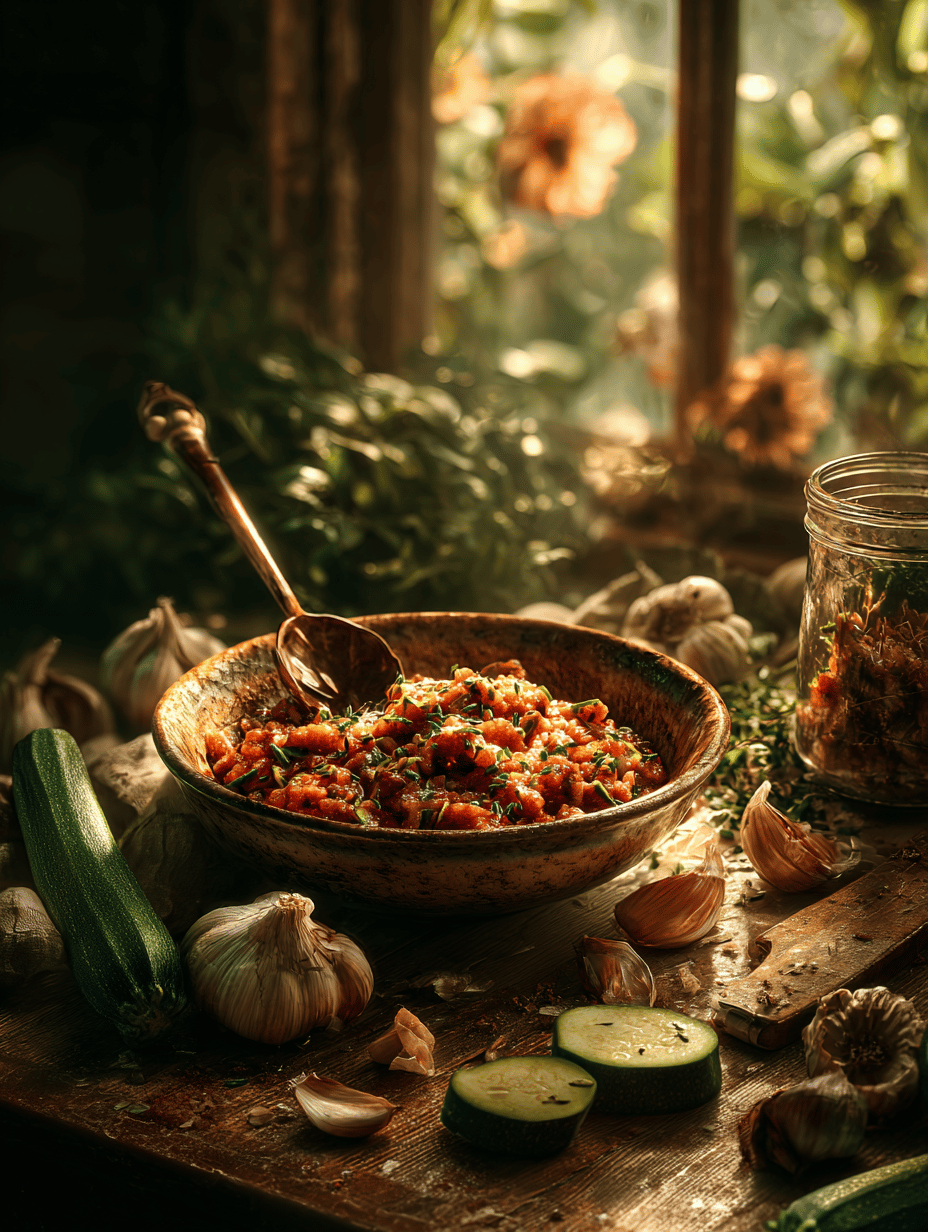
Zucchini Bolognese
Ingredients
Equipment
Method
- Start by peeling and finely chopping the yellow onion, then set it aside. Mince the garlic cloves and prepare your zucchini for shredding.
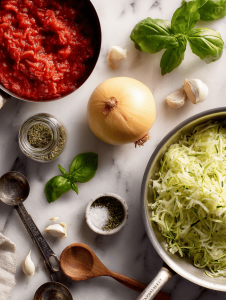
- Grate the zucchini using a box grater or food processor until you have fine, rice-like strands. This helps it cook down quickly and creates a silky texture.
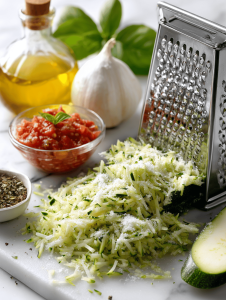
- Heat a tablespoon of olive oil in a heavy-bottomed pan over medium heat until it shimmers and begins to smoke slightly. Add the chopped onion and sauté until translucent and fragrant, about 5 minutes, hearing a gentle sizzle and smelling sweet aromatics.
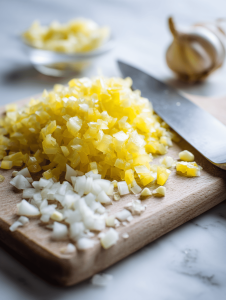
- Add the minced garlic to the pan and cook for another 30 seconds, stirring constantly until it becomes fragrant and slightly golden, about 30 seconds to 1 minute.
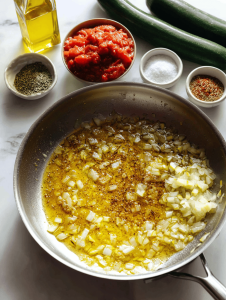
- Stir in the grated zucchini, spreading it evenly in the pan. Cook, stirring often, until the zucchini releases moisture and starts to brown slightly, about 8 minutes, creating a fragrant, slightly caramelized aroma.
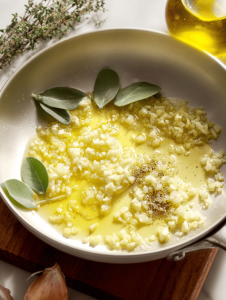
- Pour in the crushed tomatoes, then add chili flakes, salt, and pepper to taste. Stir well to combine all the ingredients and bring to a gentle simmer.
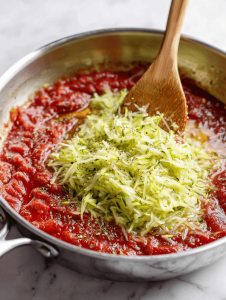
- Reduce heat to low and let the sauce simmer gently, uncovered, for about 20 minutes, stirring occasionally. The sauce should thicken slightly and develop a vibrant red color, with the zucchini fully tender.
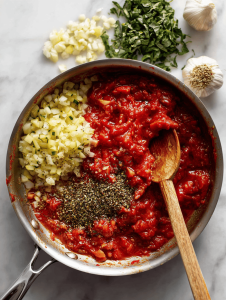
- Taste the sauce and adjust salt and pepper as needed. Just before serving, tear fresh basil leaves and stir them into the sauce for a bright, aromatic finish.
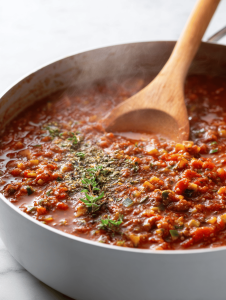
- Serve the zucchini bolognese hot over pasta, rice, or enjoy it as a hearty vegetable side. The sauce should be silky, vibrant, and coated evenly on the surface.
